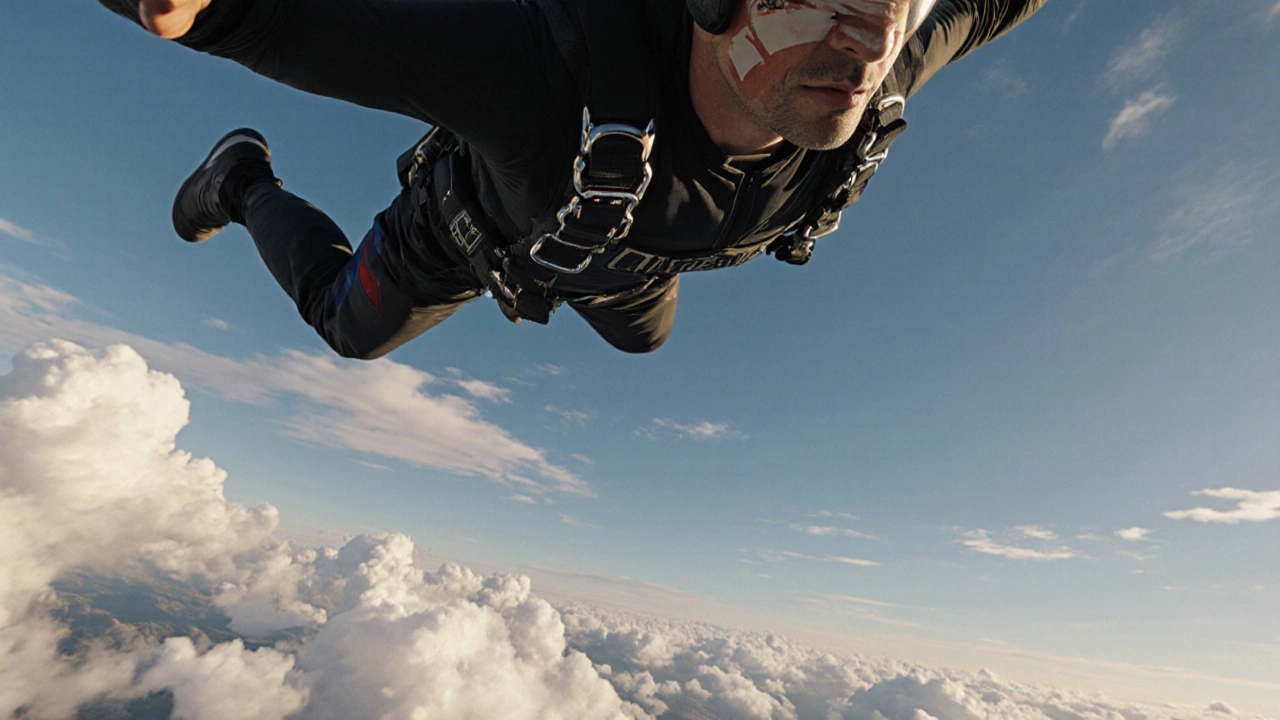SEARCH
Skydiving Safety: Essential Tips for a Secure Jump
When it comes to skydiving safety, the practice of keeping every jump free from accidents through thorough preparation, equipment checks, and risk awareness, the goal is simple: enjoy the thrill without compromising health. Also known as jump safety, it demands a blend of technical knowledge and disciplined habits. Beyond the excitement, a safe skydiving experience hinges on three core pillars—equipment integrity, qualified training, and weather awareness. Below you’ll find clear guidance on each pillar so you can step out of the plane with confidence.
Key Elements That Keep You Safe
First, parachute equipment, the hardware that actually saves your life, from the main canopy to the reserve and automatic activation device must be inspected before every jump. A good routine includes checking the lines for twists, confirming the packing date, and verifying the mechanical integrity of the release handles. Second, training certification, the official acknowledgment that you’ve mastered the skills required for solo or tandem jumps is non‑negotiable. Whether you’re a licensed A‑license holder or a first‑time tandem passenger, completing a certified training program ensures you understand emergency procedures and proper body position. Third, wind conditions, the atmospheric factors that can make or break a jump, especially gusts, shear, and turbulence must be evaluated by both the pilot and ground crew. Strong crosswinds or sudden gusts can affect canopy control, so always follow the drop‑zone’s wind limits and listen to the briefings. Together, these elements create a safety net: equipment keeps the parachute functional, certification guarantees you know how to react, and weather checks prevent avoidable hazards.
Finally, the drop zone, the location where jumps are organized, staffed by experienced instructors and ground crew plays a critical role. A reputable drop zone follows strict maintenance schedules, enforces standard operating procedures, and provides real‑time weather updates. It also ensures that every jump slot is assigned based on the jumper’s skill level and the current conditions, reducing the chance of mismatched risk. By respecting the drop‑zone’s rules and communicating openly with staff, you add an extra layer of protection. Skydiving safety isn’t a one‑time checklist; it’s an ongoing habit that evolves with experience and technology. Below you’ll discover a curated collection of articles that dive deeper into budgeting a trek, exploring heritage sites, and planning safe travel—each offering insights that complement the safety mindset you need when you jump from the sky.

Skydiving Fatality Rate: How Safe Is It Really?
Explore the true skydiving fatality rate, see how India compares to global stats, and learn practical safety tips to keep your jumps safe.
Continue reading